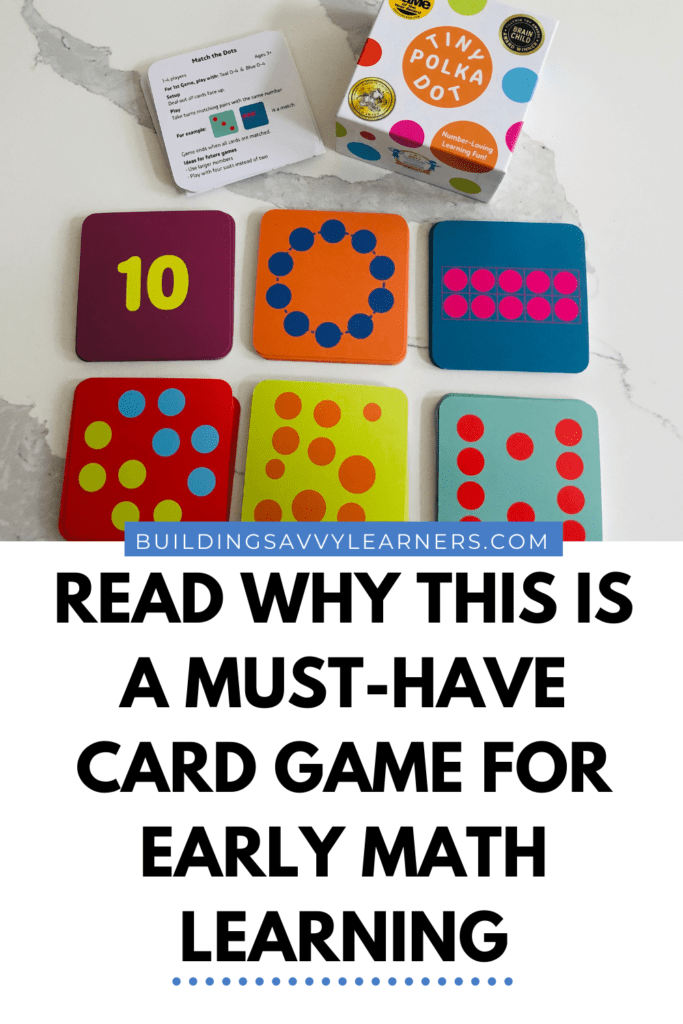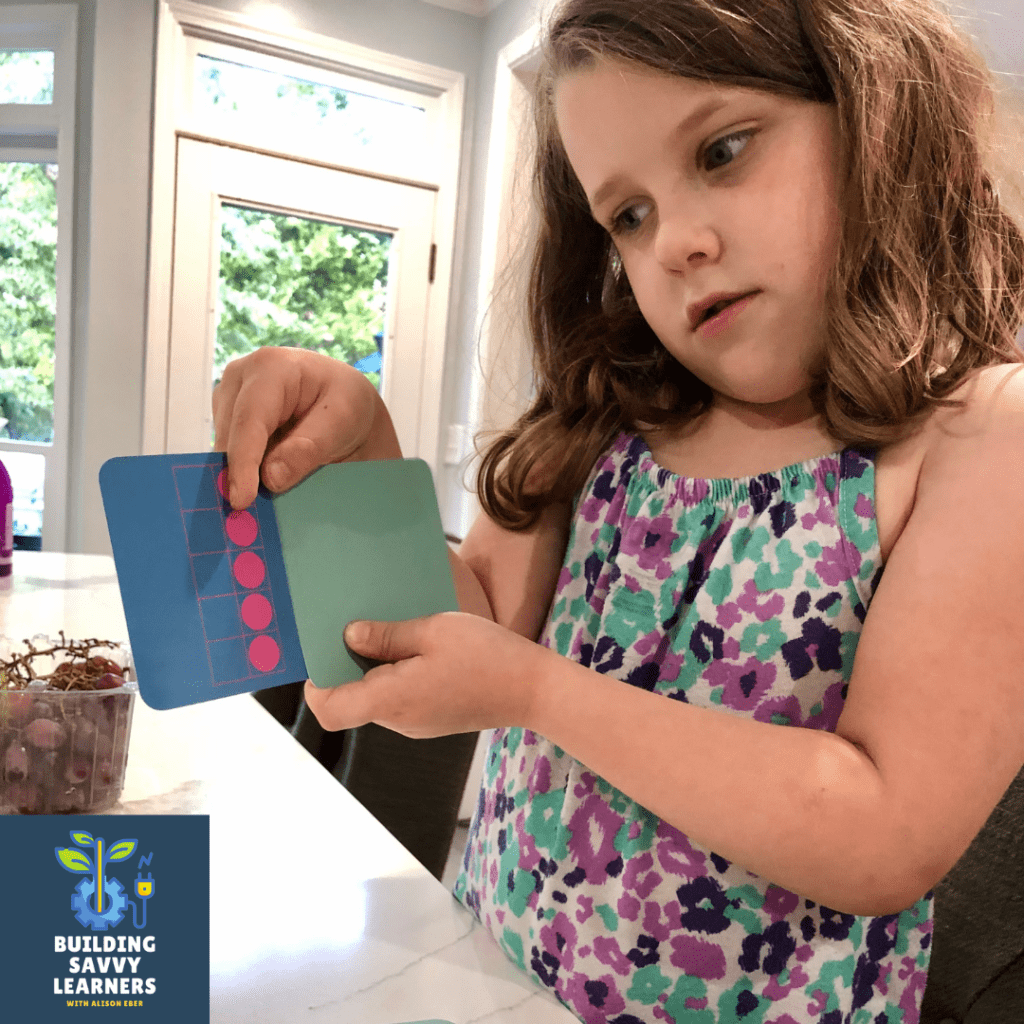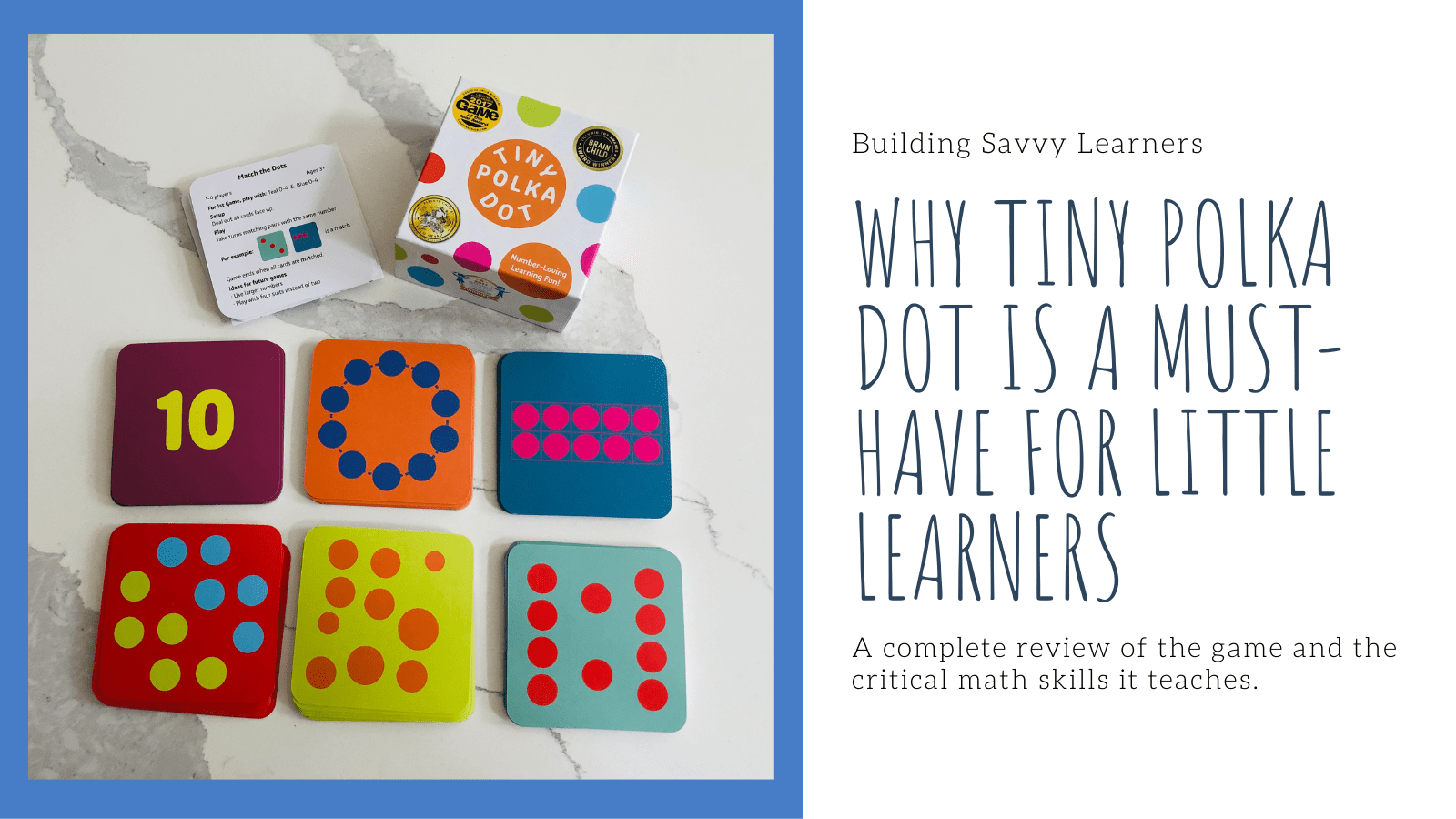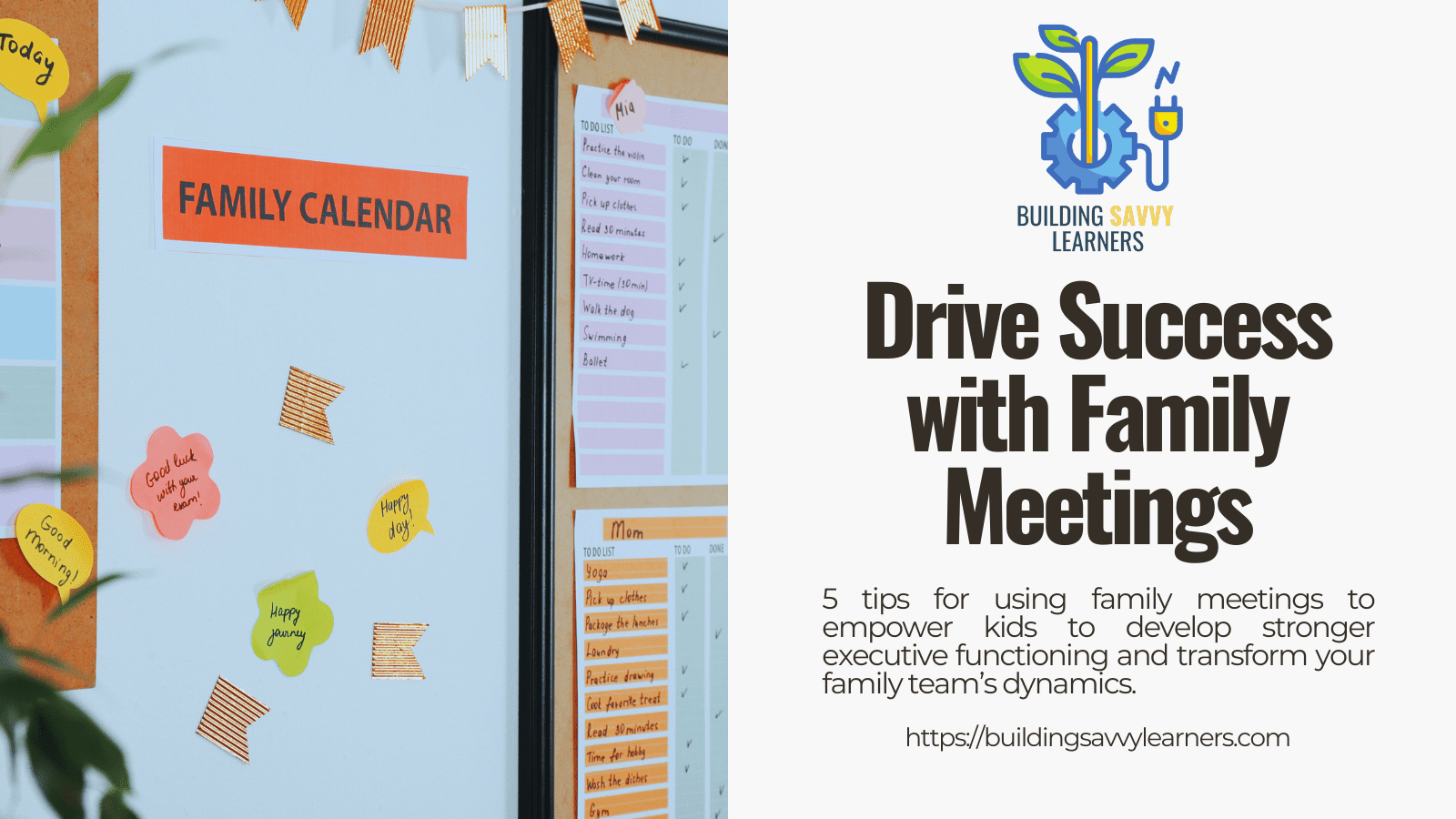Tiny Polka Dot by Math for Love
My complete review of one of my all-time favorite early math games, Tiny Polka Dot by Math for Love.
Age: 3-8+
Players: 1-6
Time: 5-15 minutes
(Note: This post contains affiliate links. That means if you click on the link and make a purchase, I will get a small commission at no additional cost to you. To learn more about why I use affiliate links, you can read my disclosure policy.)

The Game: Tiny Polka Dot
Tiny Polka Dot has 6 different decks that can mix and match to play at least 16 different math games including classics such as memory, go fish, war, and 21. There are also puzzle games that develop early addition and subtraction skills.
The best part about Tiny Polka Dot is how it represents numbers. The brightly colored decks come in 6 different styles, and each deck includes numbers from 0 to 10.
The variety of decks allows players to increase the difficulty by expanding the focus, for example, from numbers 0 to 5 to the numbers 0 to 10. Plus, each deck has a purposeful representation to expand kids’ understanding of numbers.






Green Deck
The Green Deck has dots in different sizes and arranged arbitrarily. This forces kids to count the dot and teaches them one-to-one correspondence — the idea that we can assign a number value to each dot on the card. This is great for early counting skills and learning number names.
Orange Deck
The Orange Deck has dots arranged in a circle. The circular arrangement teaches kids the importance of tracking how they count and being systematic in the process. For example, kids may want to start at the top of the card, touching each dot as they move clockwise around the circle. This will help prevent double-counting a dot.
Blue Deck
The Blue Deck has dots arranged in a ten frame. Ten frames are useful representations for early math and the concept of making 10 because the 10 frame acts as a bounded container. Students visualize how many spaces have dots along with how many remain empty within 10. This is great for early addition and subtraction facts.
Teal Deck
The Teal Deck has dots arranged in classic dice patterns. This encourages automaticity in recognizing numbers without having to count the individual dots. It also allows kids to see that a six is made of two 3s and a 10 is two 4s plus 2.
Red Deck
The Red Deck presents dots in two colors to show doubles and doubles plus one. This introduces or reinforces the concept of even and odd numbers.
Purple Deck
The Purple Deck presents the standard numerals from zero to 10 without using any dots.
The Skills Involved in Tiny Polka Dot
Tiny Polka Dot was designed with foundational math skills in mind.
- The decks support a progression of skills:
- Learning number names
- Putting numbers in order
- One-to-one correspondence – counting and naming objects with numbers in their order
- Conservation of number – recognizing that representing numbers in different forms still means the same thing
- Subitizing – recognizing representations of a number without having to count each individual dot
- Comparing numbers
- Understanding the concepts of addition (combining) and subtraction (taking away)
- Addition and subtraction to five and ten
- Exploring larger numbers
- Making use of mathematical structures
- Problem solving and learning from mistakes
The Age Levels for Tiny Polka Dot
This game allows customization to the particular skills and abilities of the players. Recommended for ages 3-8+, it solidly covers math skills appropriate for that age band. Furthermore, my tween still likes some of the puzzles and willingly plays some of the games like memory and go fish with her little sister.
Replayability of Tiny Polka Dot
There are so many ways to mix and match the games and decks to increase the challenge level, and that makes it a solid investment for a learning game. We are far more likely to age out of this game than get bored with it.
Recommendations for Tiny Polka Dot
What the kids say:
My kindergartener never declines my offers to play this game with her, and once she gets started, she often extends her play time by asking for new challenges. She likes mixing up the decks and has even invented a few games of her own. This is one of her favorites.
What the teacher-mom says:
I like this game because of its versatility. Many of the games are playable with a single player, so it’s the kind of learning activity where I can teach the basic structure and rules, and then let my 5-year-old play at the kitchen table with lower level supervision while I make dinner. The games are also pretty quick, so it’s perfect for short blocks of time or moments of dwindling attention levels.
Their website also has a wealth of demonstration videos for each game and resources for teachers. Be sure to explore that as well!
Overall View of Tiny Polka Dot
I played this game with both of my girls starting when they were about 3 or 4 years old, and it has been my go-to birthday or holiday gift for friends and family around that age as well. When it comes to building early math skills and visualizing numbers in multiple forms, Tiny Polka Dot checks a lot of boxes. It’s a must-have for any home or school game library for kids in preschool through first or second grade. 5 out of 5 stars.










